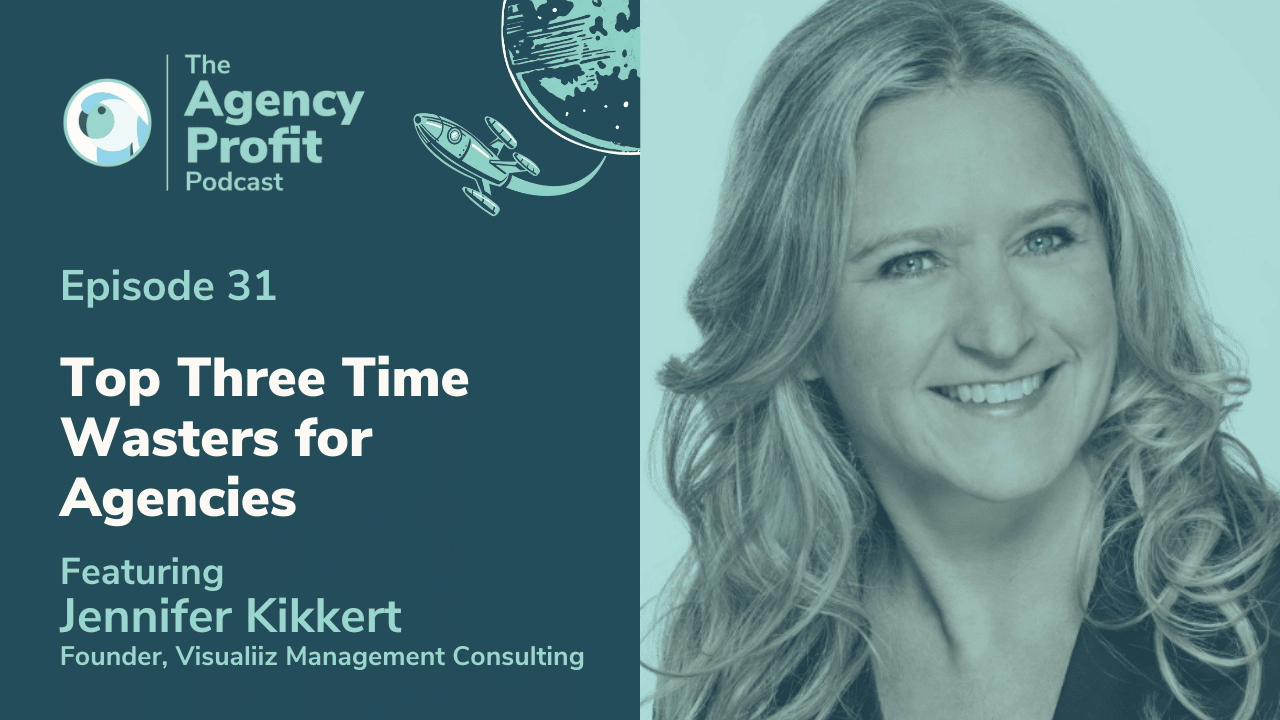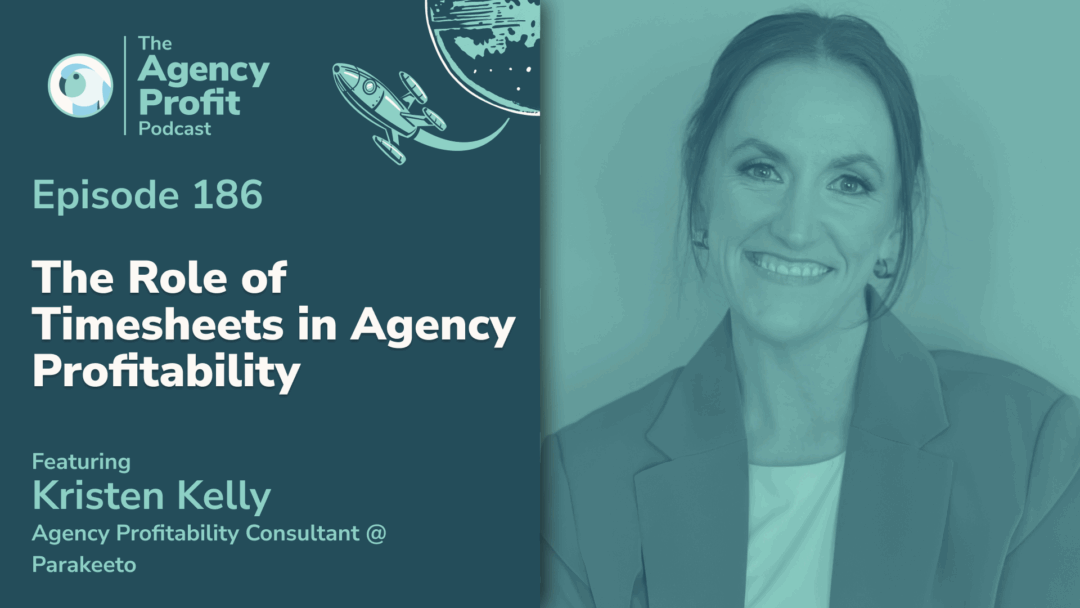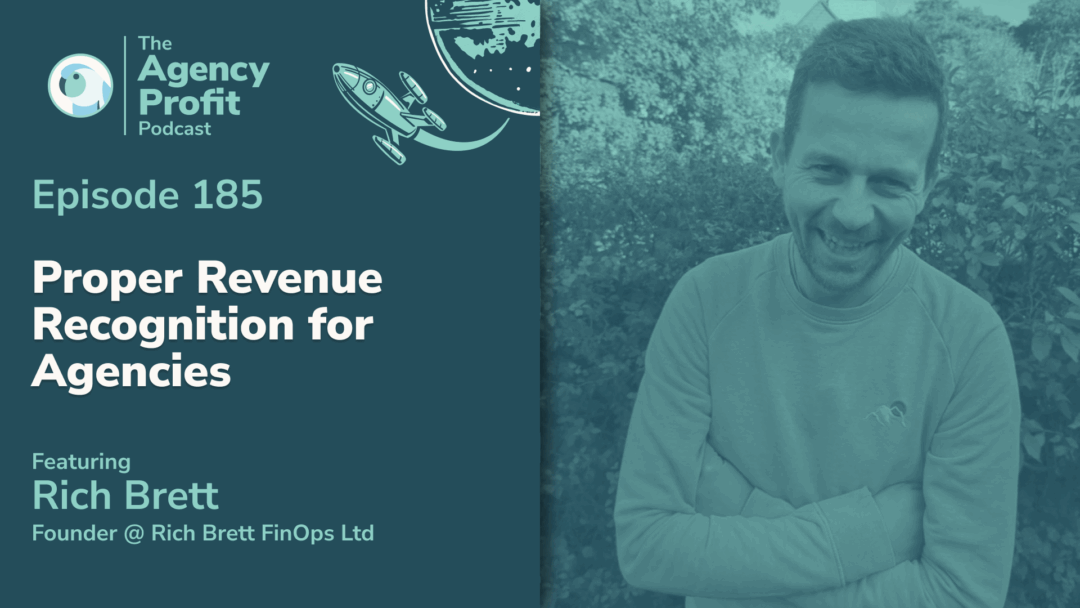Pre COVID-19 lockdown, Marcel chatted with President & Founder at Visualiiz Management Consulting, Jennifer Kikkert, about time management optimization and process mapping improvements.
Welcome to the 31st instalment of our #APP, in which I chat with fellow “operations nerd” and Moncton resident, Jennifer Kikkert! In this episode, we address three common time traps: superfluous meetings, email distraction, and issues around functional silos.
Additionally, we explore making communication more efficient; how to map processes so they work optimally; plus how best to implement them so they become part of your agency’s process long-term.
About Jennifer:
Jennifer Kikkert is a seasoned process facilitator and energizing public speaker, with 15 years of experience in process improvement and optimization, culture change, and operational excellence.
Having spent 12 years working in the public sector, and then transitioning to the private sector, Jen has a wealth of experience in knowledge and service industries – where processes are hard to visualise. Hence the birth of her company Visualiiz Management Consulting Inc, which helps organizations ‘see’ opportunities for improvement that often go unnoticed.
Points of interest…
Below are some notable time stamps you can fast track to. There’s more information in our blog notes beneath the video.
- Principle of time efficient meetings 10:46
- Defining SLA around communication 15:22
- Utilizing your least productive time 22:16
- Cross function process mapping 24:27
- Common mistakes made when writing processes 28:08
- Implementing process mapping within your business 37:38
Principles of Time Efficient Meetings
Over the last decade, Jennifer has noticed a similar pattern emerging across the knowledge, services, manufacturing industries she’s worked with… inefficient meetings.
By way of example; Harvard Business Review recently revealed that – in the last 10 years – meetings have increased by 65%. In short, some people favour talking over doing.
To this point, Jennifer gets her clients to visualise the following scenario:
“What if you had to run your meeting like the NBA or the NFL in a 62nd time out? What if you only had 60 seconds to get your point across, to have everyone discuss the issue, to come up with a solution, and have everyone to know exactly what they need to do, and then go back to work… Would you be able to do it?”
So, what is the checklist to ensure more time efficient meetings?
- Do not run a meeting without an agenda
- Meetings should only be held to answer questions, not define questions
- Update meetings should be omitted
- Ask meeting attendees not to bring phones; firstly, they won’t be distracted by their devices, secondly, they will be more inclined wrap a meeting efficiently to return to their phones!
- Use 5-10 minute (virtual) huddles at the start and/or end of each day, this can eliminate the need for a lot of additional meetings
We don’t need everyone to sit for two hours and have everyone “go around the room.” It’s not a good use of people’s time. Time is our number one resource.
Side note: if you’ve got a process for how you go about defining your scopes for projects, it’s best that you install a regular cadence to review and tweak these numbers based on past performance as time goes on. The Agency Profit Toolkit is a free resource that has meeting templates that you could directly apply to this, among other goodies. Grab your copy below!
Defining SLA Around Communication
During our chat, Jennifer mentions that the “majority of workers check their email 77 times a day” and “can spend up to two-and-a-half hours just reading and sorting through email.” Sadly, the likelihood of this time adding any value to the client’s end product is limited.
People are literally drowning in their inbox, however, there are proven strategies to help. The most notable one is simply “turn off all notifications.” Those who constantly succumb to the pinging and buzzing claim they’re “multitasking”. One could argue they’re not doing anything very efficiently because of continuous distraction.
Every interruption leads to a loss of production, with it taking “seven-to-15-minutes to get back to where you were.” By disabling notifications, you control when you see your email, not the other way around.
If possible, give yourself set times to check mail, ideally three times a day. For example, Jennifer tends to her inbox at 8:30am in the morning, then 11:45am, and lastly 4pm before the usual COB. You can give anyone emailing you a heads up by stating in your signature that your inbox is checked at these specific times. That way, you’re setting expectations.
Within your organization, have an SLA around communication:
- Let those in the channel know when to expect a response
- Define what is an acceptable response time; within 12, 24, 48 hours?
- Have an escalation process in place if something is important
Time is precious, so people shouldn’t feel obligated to be at the behest of every communication channel fighting for our attention.
Utilizing Your Least Productive Time
In his book The Scientific Secrets of Perfect Timing, author Dan Pink states the two most unproductive hours of your entire day occur between 2pm and 4pm.
Research shows that productivity, mental alertness and judgement lags at this time, so important work between those hours should be avoided. If you have the luxury of choice, perhaps use those hours to catch up on those emails!

Cross Function Process Mapping
Most organizations evolve over time. Due to vertical silos, all of our deadlines and priorities are also vertical. However, work generally flows horizontally.
This can potentially lead to the following issues:
- Duplication/reworking
- Miscommunication
- Increased errors
- Wasted time/energy
Ways of tackling functional silos include simply getting representatives from each department – working across said horizontal process – together to visually map the process. It should chronicle the process, from request for service to service delivered, for all to see.
Only then can everyone see where the issues are.
Common Mistakes When Writing Processes
One of the biggest mistakes made by organizations is failing to physically map their process out, instead going by “what’s in their head.” While it’s easier for manufacturers to deal with potential issues on an assembly line situation, the same can’t be said for service and knowledge industries.
Assumptions will be made unless the process is visually mapped with the people who actually do the work. Only then can the root of an issue be thoroughly investigated.
I see this a lot in the creative space; people rejecting the idea that there’s even a process behind what they do under the veil of it being too creative…. there’s still a set of steps requiring accomplishment, or at least a set of outcomes that need to be met in order to get a product to the client.
The more we embrace that, then the more we can start to understand our specific process to being more efficient.
Implementing Process Mapping Within your Business
Firstly, you don’t need to improve on your process if it’s not an issue. If it’s not a critical thing that needs immediate attention, then mapping all of your processes just for the sake of mapping it is in itself inefficient and unproductive. Focus on what’s going to make an impact.
Secondly, directly involve the people undertaking the work. When people are given the autonomy to say how they think work should be done – in the most efficient and productive way for the customer – they’ll own it as they helped create it.
Get the team involved in measuring the results afterwards. Don’t just set it and forget it.
Thirdly, daily management is key. Not the extensive, overbearing performance management type thing, more a daily check in that is visual. Have quick (virtual) huddles to discuss your project in terms of:
- What got in the way of it not working?
- What was the impact?
- Should any process amendments be made at that time?
Make sure you have a process leader, and monitor/measure the results and make sure you capture modifications. Have a management cadence to harden the process after you launch it.
Remember, we’re not performance managing the people involved; rather the process involved.
Want to see more from Jennifer? Follow her online via…
- Visualiiz.ca
- jen@vizualiiz.com
- Jennifer’s LinkedIn
Did you learn anything new from this episode? If so, let us know in the comments below – we value your feedback! Our next instalment of the Agency Profit Podcast, on April 29th, will see us chat with Chris Badgett, CEO at LifterLMS. To see our previous blog, make your way here…
Agency Profitability Tool Kit
If you’re looking for more resources to help you improve your agency’s profitability, then check out the Agency Profitability Tool Kit – it’s full of the same templates and checklists we’ve used with consulting clients to help them improve their profitability by over 100% in under 60 days.








0 Comments